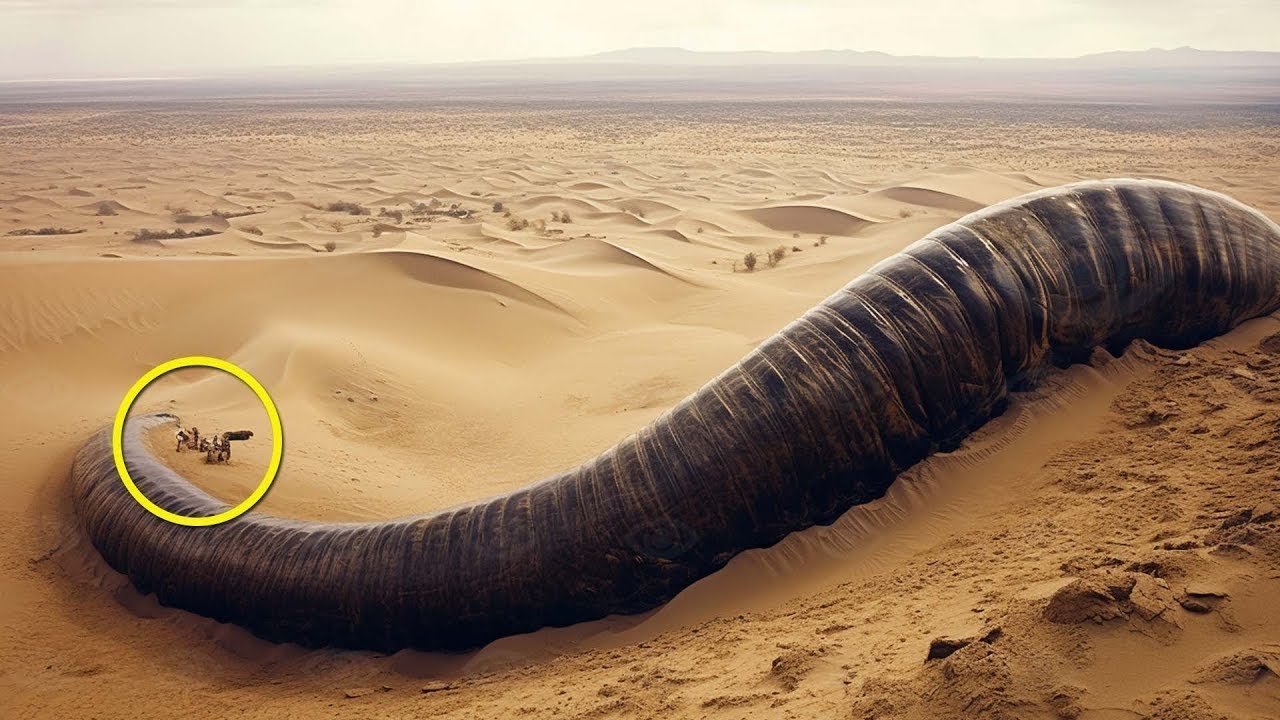Witness mighty elephants, and learn how to tell the difference between Indian and African elephants in this post! Have you ever seen one of these elephants in real life?
Kevan Dobbie came across this massive bull elephant while adventuring through MalaMala Game Reserve in the Kruger National Park. Depicted is a massive bull elephant. Male elephants are the largest land animals on the planet and can reach up to 13 feet (4 meters) and 14,000 pounds (6,350 kilograms).

African elephants are typically bigger than Asian elephants. The former’s ears are significantly larger, and some say they look the same as the African continent. Their heads are fuller and more round with a dipping back. In African elephants, both males and females have tusks.
Visitors can find African elephants in various habitats, including savannas, forests, deserts, and marshes across sub-Saharan Africa. They also have a more varied diet, comprising leaves, bark, and fruits. This type has more wrinkled skin.

Wildlife photographer Judy Lehmberg caught a fight between two Indian elephants on camera. This type is generally called Asian elephants, with subspecies in specific areas of Asia. These males are significantly smaller, reaching up to 10 feet (3 meters) and weighing in at 11,000 pounds (5,000 kilograms).
Indian elephants have smaller, more rounded ears. They have a twin domed head with a distinct dip between the bumps, and a leveled back. Typically males are the only ones who have tusks, and females either have small ones or none at all.

Asian elephants predominantly live in forests and grasslands in India and Southeast Asia. They prefer to eat grass but may consume leaves, bark, and fruits. Indian elephants have significantly smoother skin than their African counterparts.
A common factor is that both types of elephants run their herds as a matriarchy, meaning the females are in charge. African elephant herds tend to be larger than Indian ones.





